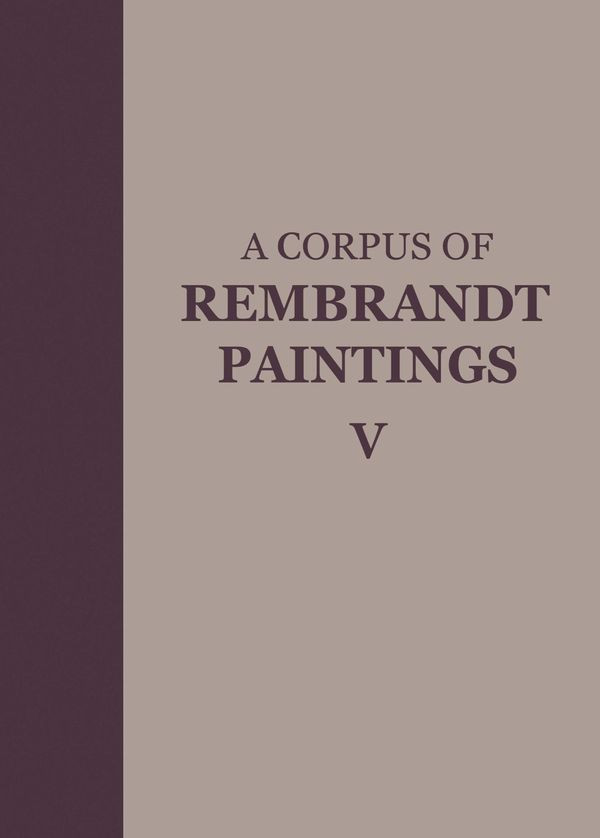

Most ebook files are in PDF format, so you can easily read them using various software such as Foxit Reader or directly on the Google Chrome browser.
Some ebook files are released by publishers in other formats such as .awz, .mobi, .epub, .fb2, etc. You may need to install specific software to read these formats on mobile/PC, such as Calibre.
Please read the tutorial at this link: https://ebookbell.com/faq
We offer FREE conversion to the popular formats you request; however, this may take some time. Therefore, right after payment, please email us, and we will try to provide the service as quickly as possible.
For some exceptional file formats or broken links (if any), please refrain from opening any disputes. Instead, email us first, and we will try to assist within a maximum of 6 hours.
EbookBell Team

4.3
58 reviewsThis is the fifth volume of A CORPUS OF REMBRANDT PAINTINGS, which will consist of six volumes in total. The CORPUS is dedicated to the painted works of Rembrandt. It aims to isolate Rembrandt’s own works from the great volume of Rembrandt-like paintings, produced by his many pupils and followers, sometimes with the involvement of the master himself. The fourth volume (Springer 2005) was dedicated to Rembrandt’s self-portraits. This fifth volume is about the small-scale history and genre paintings. The so-called ‘histories’ (paintings, etchings and drawings with biblical or mythological scenes) were considered to be the most challenging assignments for an artist. All kinds of artistic insights and skills – known in Rembrandt’s time as the basic aspects of the art of painting - played a role in the creation of this kind of work, especially in the history paintings. Systematic research into this hitherto little known area has revealed a rich, and often fresh understanding of Rembrandt’s own way of thinking about these basic aspects, which makes the present volume a unique and innovative contribution to the history of art. A detailed comparison of Rembrandt’s own work with that of his pupils has furthermore provided a detailed access to Rembrandt’s own criteria regarding artistic quality.